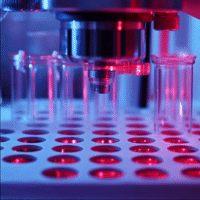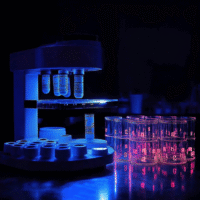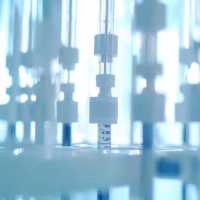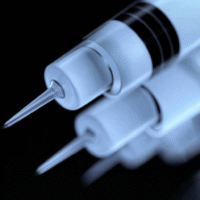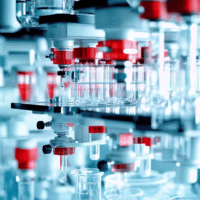Understanding the Study Results
The study focused on children with biliary atresia (BA), a condition affecting the liver and bile ducts. The main goal was to find a way to predict how quickly jaundice (yellowing of the skin) clears up after a surgery called Kasai portoenterostomy (KPE).
What Worked?
- The study created a tool called a nomogram that helps predict if jaundice will clear within three months after KPE.
- This nomogram uses four key factors:
- Age of the child when they had KPE
- Level of a blood enzyme called AST two weeks after surgery
- Change in bilirubin levels (a substance that causes jaundice) two weeks after surgery
- Amount of liver scarring measured at the time of surgery
What Didn’t Work?
- While the nomogram is useful, it’s important to note that it cannot guarantee results for every child.
- Further testing and adjustments may be necessary for different patient groups.
How Does This Help Patients or Clinics?
- This nomogram can help doctors make better decisions about treatment and care for children with BA.
- By predicting jaundice clearance, doctors can tailor follow-up care and monitor the child’s health more effectively.
Real-World Opportunities for Hospitals and Doctors
- Implement the nomogram in clinical settings to assess jaundice clearance in BA patients.
- Train medical staff on how to use the nomogram for better patient management.
- Share results with families to help them understand their child’s condition and treatment prospects.
Measurable Outcomes to Track
- Rate of jaundice clearance in patients after KPE.
- Patient age and bilirubin levels at different time points post-surgery.
- AST levels and fibrosis scores to monitor liver health.
AI Tools to Consider
- AI algorithms can help analyze patient data to predict outcomes based on the nomogram factors.
- AI tools can assist in tracking patient recovery and provide alerts if jaundice does not clear as expected.
Step-by-Step Plan for Clinics
- Start by educating staff about the nomogram and its benefits.
- Integrate the nomogram into patient assessment protocols for children undergoing KPE.
- Monitor and collect data on jaundice clearance rates and other outcomes.
- Gradually refine the use of the nomogram based on patient feedback and results.
- Explore AI tools to enhance data analysis and patient monitoring.
For further reading on this research, please visit this link.


















